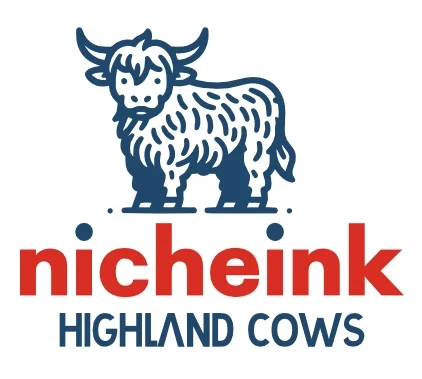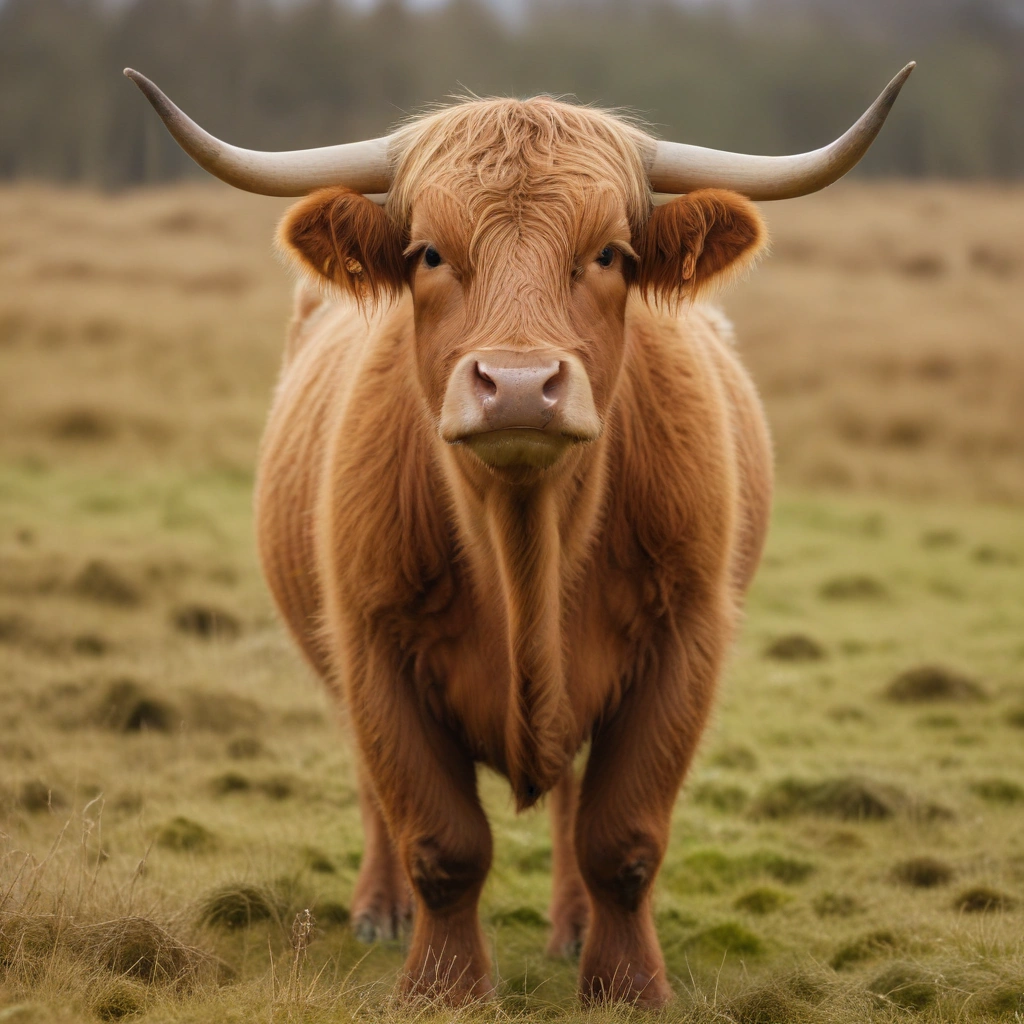Highland cattle are a beloved breed known for their rugged appearance and hardy nature. These majestic animals have been a part of traditional farming practices for centuries, their unique characteristics making them well-suited for various agricultural tasks.
History of Highland Cattle
The history of Highland cattle traces back to the rugged landscapes of Scotland, where they were first bred in the 19th century. Their ability to thrive in harsh conditions and graze on rough terrain made them essential for Scottish farmers.
Benefits of Traditional Farming with Highland Cattle
Using Highland cattle in traditional farming practices offers numerous benefits. Their natural grazing habits help maintain pastureland, reducing the need for mechanical intervention. Additionally, their hardy nature requires minimal veterinary care, making them cost-effective for farmers.
Highland Cattle in Modern Agriculture
While traditional farming practices have evolved over time, Highland cattle continue to play a vital role in sustainable agriculture. Their ability to thrive on native vegetation and adapt to various climates makes them valuable assets on farms around the world.
Conclusion
In conclusion, Highland cattle are more than just livestock – they are a symbol of resilience and sustainability in farming. Embracing traditional practices with these magnificent animals can benefit both farmers and the environment, ensuring a harmonious relationship between agriculture and nature.

